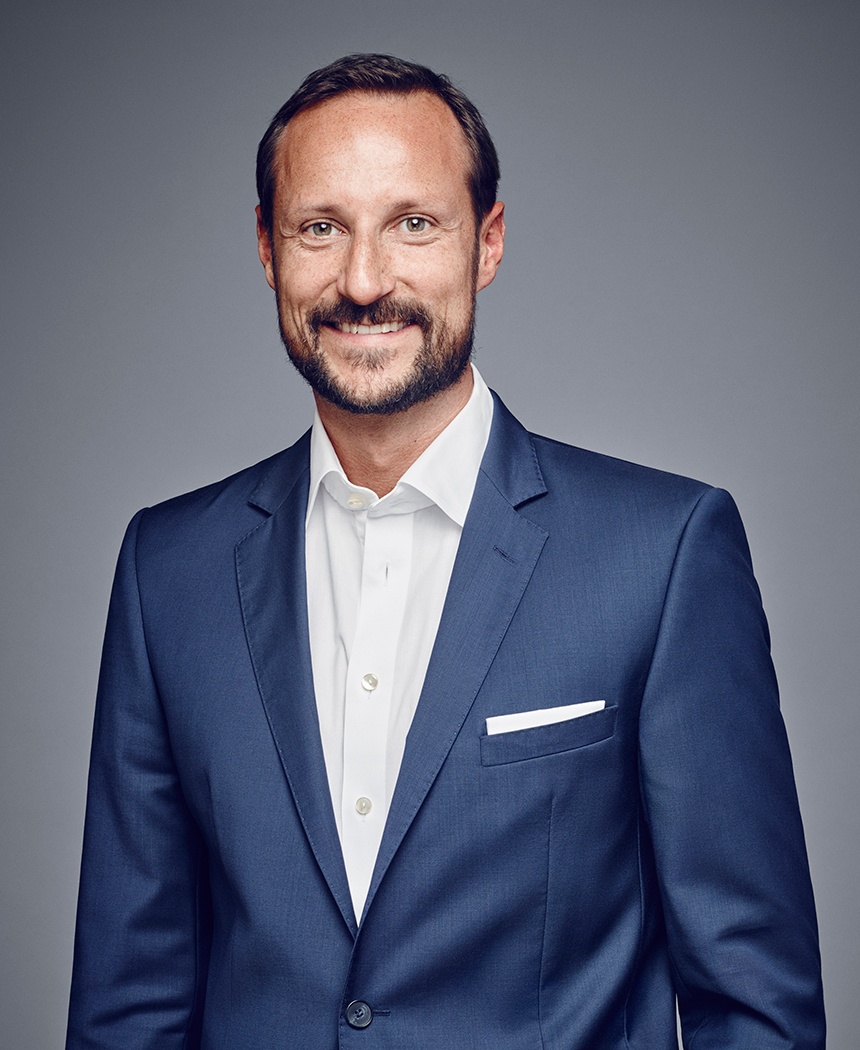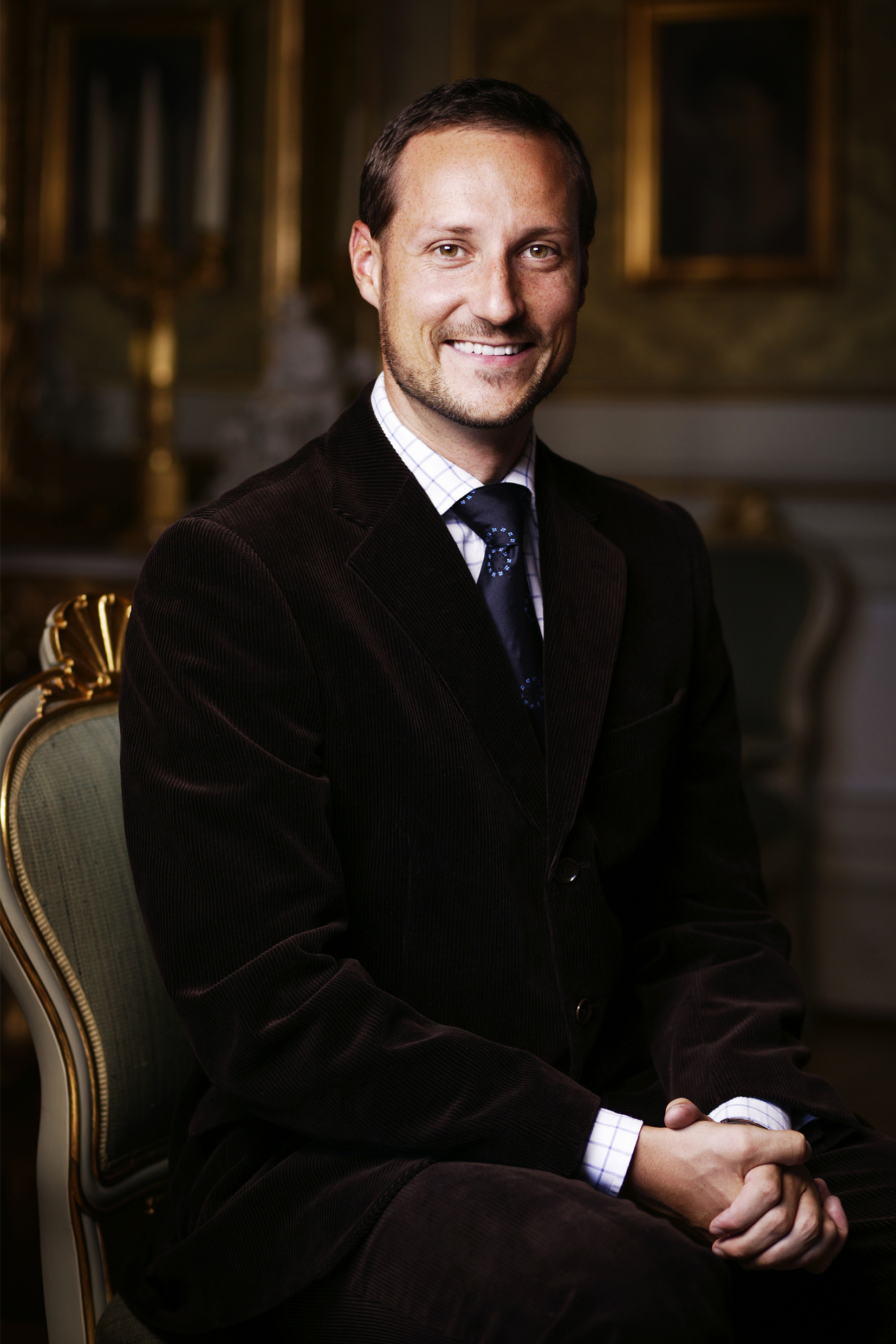Is the life of a modern-day royal a fairy tale, or a demanding commitment to a nation and its people? For Crown Prince Haakon of Norway, it is undeniably both, a life steeped in tradition yet actively engaged with the contemporary world.
Born on July 20, 1973, in Oslo, Norway, Crown Prince Haakon Magnus of Norway is the heir apparent to the Norwegian throne. As the only son of King Harald V and Queen Sonja, his destiny was virtually sealed from birth. Although he has a sister, Princess Mrtha Louise, the Norwegian constitution at the time of his birth designated the male heir as the next in line for the throne. This has now changed, the Norwegian constitution has since been amended to allow for gender-equal succession, but Haakon's position remains unchanged.
| Crown Prince Haakon of Norway: Biography | |
|---|---|
| Full Name: | Haakon Magnus |
| Born: | July 20, 1973, Oslo, Norway |
| Parents: | King Harald V and Queen Sonja |
| Siblings: | Princess Mrtha Louise |
| Spouse: | Crown Princess Mette-Marit (Married August 25, 2001) |
| Children: | Princess Ingrid Alexandra, Prince Sverre Magnus |
| Education: |
|
| Military Service: | Royal Norwegian Navy |
| Roles and Responsibilities: | Heir to the Norwegian Throne, Regent when the King is unavailable, Official Duties include representing Norway domestically and internationally, promoting Norwegian interests, and engaging in charitable and philanthropic activities. |
| Interests: |
|
| Official Website: | The Royal House of Norway |
The Crown Prince's life reflects a dedication to both tradition and the future. He has consistently demonstrated a commitment to education, completing his studies at the University of California, Berkeley, the University of Oslo, and the London School of Economics. Furthermore, his military service in the Royal Norwegian Navy underscores his commitment to serving his country, a duty that extends beyond ceremonial functions.
- Carrie Underwood Husband A Deep Dive Into Their Love Story
- Jon New Kids On The Block Net Worth A Comprehensive Overview
Haakon's official duties are wide-ranging. He regularly accompanies the King and Queen on state visits both within Norway and abroad, representing the nation and fostering international relationships. He is deeply involved in promoting Norwegian interests, supporting various cultural and economic initiatives, and participating in international forums. In 2016, for example, the Crown Prince attended the annual conference of the Confederation of Norwegian Enterprise (NHO) and met with the Norwegian Confederation of Trade Unions (LO) to discuss tripartite cooperation, showcasing his interest in fostering dialogue and collaboration within Norwegian society.
Furthermore, the Crown Prince is a patron of numerous organizations. He is particularly committed to supporting youth leadership programs, promoting initiatives related to climate change and participating in projects supported by the United Nations Development Programme (UNDP). His involvement highlights a forward-thinking approach, acknowledging the importance of environmental sustainability, and the need to nurture the next generation of leaders. The Crown Prince was also a member of the Young Global Leaders network from 2005 until 2010, further illustrating his engagement with international perspectives.
His Royal Highness is not only a figurehead but also a working royal, acting as a regent on numerous occasions, particularly when his father, King Harald V, is unable to fulfill his duties due to health or other circumstances. He has also represented Norway at significant international events, showcasing the country's values and interests on the global stage.
The role of the Crown Prince, however, is not merely defined by official engagements. The personal lives of members of the Norwegian Royal Family are also of interest. Haakon's marriage to Crown Princess Mette-Marit has brought further visibility to the family. The couples two children, Princess Ingrid Alexandra and Prince Sverre Magnus, are the future generation of the Royal Family. Princess Ingrid Alexandras birth, like her fathers, ensured the continuation of the monarchy for future generations.
The history of the Norwegian monarchy is rich and intricate. King Haakon VII, the grandfather of King Harald V, became king in 1905. He was born Prince Carl of Denmark and chose the name Haakon upon his election. The Norwegian Royal Family, through the generations, has weathered periods of triumph and adversity. During World War II, King Haakon VII, Crown Prince Olav, and the government were forced to leave Norway. They returned to a liberated Norway in 1945, met by cheering crowds. Crown Prince Olav acted as regent during the Kings exile.
The family's story is intertwined with significant historical events. The Second World War, for example, deeply affected the monarchy. Crown Prince Olav's return to Norway in May 1945, followed by the King's arrival in June, symbolized the nation's liberation and the restoration of its sovereignty. This sense of continuity, from the pre-war era to the post-war reconstruction, has shaped the modern monarchy.
King Olav V, Haakon's grandfather, married Princess Mrtha of Sweden in 1929. The relationship between Norway and its Scandinavian neighbors has always been important. In 1973, for Haakon Magnuss christening, the monarchs from Sweden and Denmark were chosen as godparents. These symbolic choices highlighted the close ties between the Nordic countries.
The role of the Crown Prince has evolved in recent years, adapting to the changing landscape of global politics and societal expectations. The monarchy embraces a balance between upholding tradition and engaging with contemporary issues. As the heir to the throne, Haakon represents a bridge between the past, present, and future, ensuring the continuation of the monarchy while simultaneously advocating for a better world.
The Royal Family's influence extends beyond politics and governance. Their presence at cultural events, charitable initiatives, and public gatherings connects them with the everyday lives of Norwegian citizens. The Crown Princess has also become involved in official duties. This active engagement fosters a sense of unity and underscores the monarchy's role as a symbol of national identity.
The Crown Prince's life, in its various facets, embodies a blend of history, duty, and an active engagement with the modern world. He is an heir to the throne, a husband, a father, and a global citizen. His commitment to Norway, his advocacy for youth and sustainability, and his participation in international affairs demonstrates a commitment to both tradition and the future.
- Harry Jowsey Height Everything You Need To Know About The Social Media Star
- Jared Letos Wife Unraveling The Mystery Behind The Man And His Relationship


